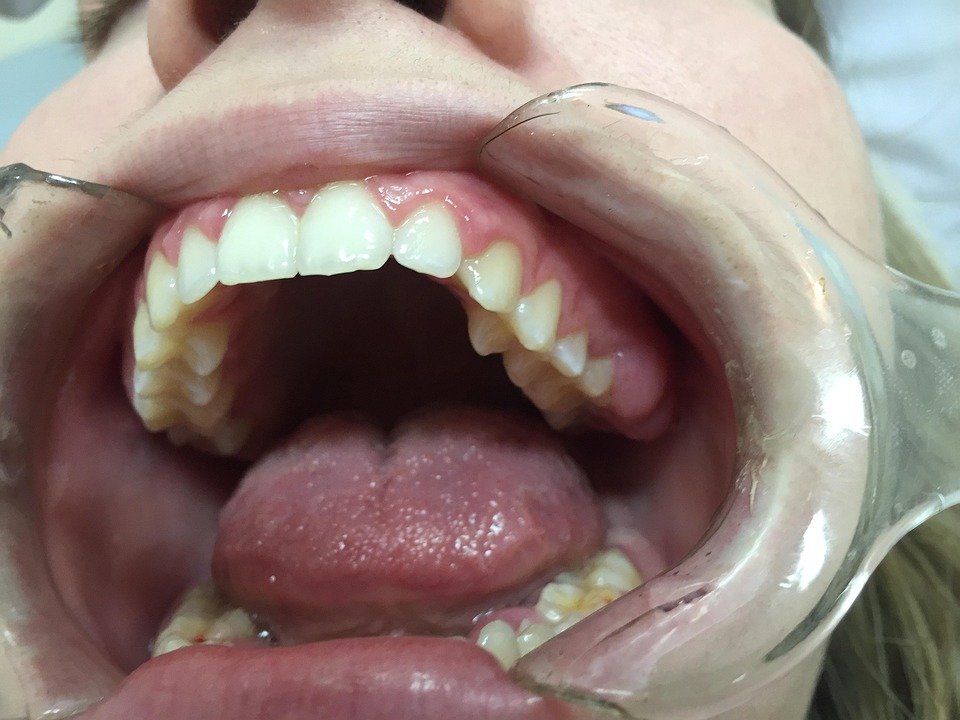What is the ideal aperture for capturing dental details
I’m a dentist trying to up my game with clinical photography. I’m struggling to get consistent, sharp images of teeth, especially when I need to show the intricate details like enamel cracks, margins of restorations, and subtle shade variations. I’m using a DSLR with a macro lens (100mm). I understand aperture controls depth of field, but I’m not sure what the sweet spot is for dental photography.
I’ve tried shooting wide open (around f/2.8) but the depth of field is so shallow that only a tiny portion of the tooth is in focus. Then I’ve tried stopping down a lot (like f/16 or f/22) to get everything sharp, but I hear that diffraction can soften the image at those apertures. Plus, the lighting gets tricky because I need a longer exposure or higher ISO which introduces noise.
So, what’s the ideal aperture range to use for maximizing detail in dental photography while minimizing the effects of diffraction and dealing with lighting constraints? Are there any tricks or rules of thumb I should be aware of? Should I be focusing stacking? Help!
Answer
The ideal aperture for capturing dental details in photography depends on several factors, primarily the desired depth of field and the lighting conditions. Since capturing fine details is paramount in dental photography, a balance must be struck between having a sufficient depth of field to ensure all relevant structures are in focus and maintaining adequate light for a clear, sharp image.
Depth of Field Considerations:
- Importance of Adequate Depth of Field: Dental structures are three-dimensional. To ensure that the entire area of interest (e.g., multiple teeth in an arch, or the entire surface of a single tooth) is in focus, a sufficient depth of field is crucial. A shallow depth of field (achieved with wide apertures like f/2.8 or f/4) will result in only a very narrow plane of focus, making it difficult to capture all the necessary details sharply.
- Ideal Range: Generally, an aperture range of f/11 to f/22 is often recommended as a starting point for intraoral dental photography. This range provides a greater depth of field, increasing the likelihood that all essential structures will be in focus. The specific value within this range will depend on the working distance and the magnification being used.
- Smaller Apertures (beyond f/22): While even smaller apertures (e.g., f/29 or higher) will further increase the depth of field, they also introduce the risk of diffraction. Diffraction occurs when light waves bend around the edges of the aperture blades. This can lead to a softening of the image and a loss of sharpness, negating the benefits of the increased depth of field. Therefore, it is generally advisable to avoid extremely small apertures unless absolutely necessary.
Lighting Considerations:
- Importance of Adequate Lighting: A smaller aperture (higher f-number) reduces the amount of light reaching the sensor. Adequate lighting is therefore essential when using smaller apertures to ensure that the images are properly exposed and free from excessive noise.
- Lighting Techniques: Dental photographers commonly use auxiliary lighting, such as ring flashes, twin flashes, or external strobes, to compensate for the reduced light caused by the smaller aperture. These lighting systems provide consistent and controlled illumination, allowing for optimal image quality.
Other Factors:
- Magnification: The higher the magnification being used, the shallower the depth of field becomes. Therefore, when using macro lenses or other magnification devices, a smaller aperture (higher f-number) may be necessary to maintain sufficient depth of field.
- Sensor Size: The sensor size of the camera can also influence the optimal aperture. Cameras with smaller sensors (e.g., those found in some compact cameras) may achieve a greater depth of field at a given aperture compared to cameras with larger sensors (e.g., full-frame DSLRs).
- Lens Quality: The quality of the lens also plays a role. High-quality lenses are typically sharper and produce less distortion, even at smaller apertures.
Practical Recommendations and Workflow:
- Start with f/11 or f/16: Begin with an aperture of f/11 or f/16 as a baseline.
- Evaluate Depth of Field: After taking a test shot, carefully review the image at 100% magnification to assess the depth of field. Is the entire area of interest in focus?
- Adjust Aperture if Needed: If the depth of field is insufficient, increase the aperture (e.g., from f/16 to f/22). If the image is becoming too soft due to diffraction, reduce the aperture (e.g., from f/22 to f/16).
- Adjust Lighting: Adjust the lighting as needed to maintain proper exposure. If the image is too dark, increase the light output from the flash or strobe. If the image is too bright, decrease the light output or move the light source further away.
- Focus Stacking (Advanced Technique): In situations where achieving sufficient depth of field is impossible with a single shot, focus stacking can be used. This technique involves taking multiple images at different focus points and then combining them in post-processing to create a final image with extended depth of field.
In Summary:
The ideal aperture for capturing dental details is typically in the range of f/11 to f/22. This range provides a good balance between depth of field and image sharpness. Adequate lighting is essential to compensate for the reduced light at smaller apertures. Experimentation and careful evaluation of the results are key to determining the optimal aperture for specific situations.

Post Comment